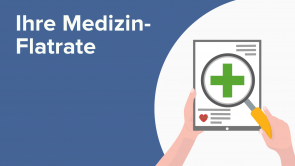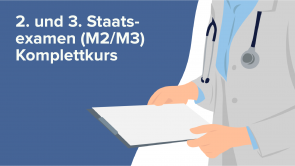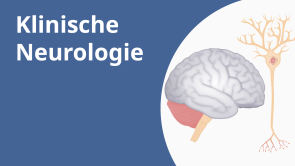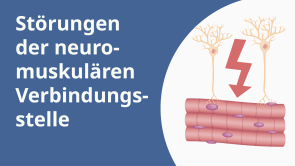Botulinumtoxin-Vergiftung: Pathophysiologie und Behandlung

Über den Vortrag
Der Vortrag „Botulinumtoxin-Vergiftung: Pathophysiologie und Behandlung“ von Roy Strowd, MD ist Bestandteil des Kurses „Störungen der neuromuskulären Verbindungsstelle“.
Quiz zum Vortrag
Which of the following best characterizes the mechanism of botulism toxicity?
- Botulinum toxin acts as a protease and cleaves SNARE proteins which are required for the binding of the presynaptic vesicle to the nerve membrane.
- Botulinum toxin acts as a phospholipase that degrades the vesicle containing the neurotransmitter.
- Botulinum toxin binds to ACh receptors and acts as a competitive inhibitor preventing muscle contraction.
- Botulinum toxin blocks presynaptic calcium channels preventing synaptic depolarization.
- Botulinum toxin augments the reuptake of ACh in the synaptic cleft resulting in decremental response with repetitive action.
Which of the following is not a treatment of iatrogenic botulism?
- Broad-spectrum antibiotic therapy
- Withdrawal of offending agent or ingestion
- Antitoxin
- Pyridostigmine
- Supportive care
Diese Kurse könnten Sie interessieren
Kundenrezensionen
5,0 von 5 Sternen
| 5 Sterne |
|
5 |
| 4 Sterne |
|
0 |
| 3 Sterne |
|
0 |
| 2 Sterne |
|
0 |
| 1 Stern |
|
0 |






